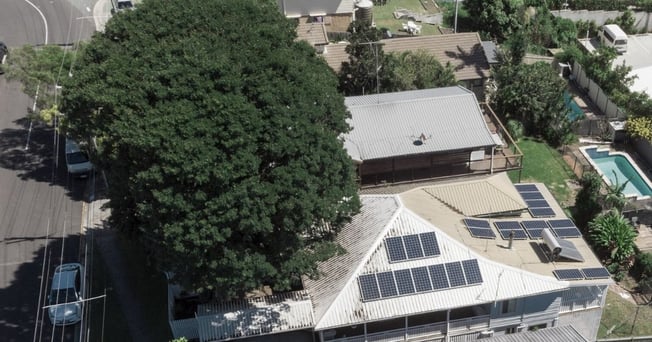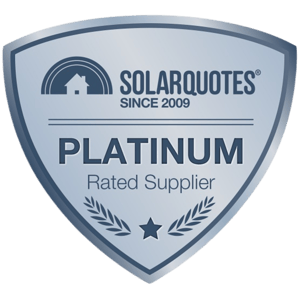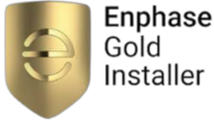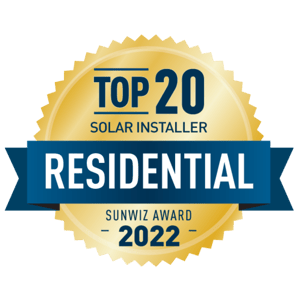3 Key Considerations for Installing Solar Panels

Installing solar panels on your property is a smart way to save on energy costs and reduce your carbon footprint. However, before making the investment, it is essential to consider a few key factors to ensure that you are getting the most out of your solar panels. In this blog post, we will discuss three things to keep in mind when installing solar: shading and performance, tilting and orientation, and the size of the system.
Shading & Performance
The electricity generated is impacted by the amount of sunlight your panels are exposed to. The more they are covered in shade, the less energy your system will generate. The effectiveness of your solar system is also dependent on where you live. If you get a decent amount of sun for most of the year, it’s worth getting an assessment from a solar provider. They should be able to give you an idea of how much energy your system could produce and how much will be affected by shade.
Tip: Using micro-inverters or power optimisers on the panels, instead of a one-string inverter can help with shade issues. Speak with your solar provider to see if this could be a potential solution for your solar system if you are concerned you
have shade issues.

Tilting & Orientation
For the southern hemisphere, a north-facing roof is optimal for solar production. This will provide you with the absolute maximum of usable sunlight. Tilt frames will cost you a little extra, depending on how many panels make up the system and how the installer prices the labour and parts required. In most cases, the panels will likely be installed at whatever angle of the roof happens to be tilted unless it is completely flat, in which case the panels should be given a tilt. Flat installation is possible; however, the dust and debris are less likely to be washed off if the panel is not tilted.

Solar System Size Guide
There are several factors to consider when deciding on the size of your solar system, i.e. your budget, roof space, consumption patterns and future plans. If you’re looking to expand your system, consider purchasing a system with future expansion capability for batteries and electric vehicles to give you that flexibility. It’s not always easy to calculate the capacity you’ll need for your solar panels, so while the below will give you a rough guide, it’s still best to speak with a solar provider to get a proper assessment.

By considering these three factors, you can make an informed decision about whether to install solar and how to set up your system for the best possible performance. You may also reach out to our friendly energy experts to get customised solar solutions for your exact needs.
%20(1).png?width=265&height=96&name=www.smartenergyanswers.com.auhs-fshubfsSmart%20Energy%20Answers%20Logo%20(HIRES)%20(1).png)

.png?width=514&height=121&name=Tesla%20Powerwall%203%20(new).png)








.webp?width=300&height=180&name=sigenergy-gold-installer-300x180%20(1).webp)